Office of the Inspector General Investigates EPA, Wants to Know If It Can Still Be Fooled

The Office of the Inspector General is preparing to conduct preliminary research to determine whether the Environmental Protection Agency’s internal controls are effective at detecting and preventing emissions fraud.
While the EPA has proven itself capable of stopping cheaters in the past, the federal oversight group wants to check in on the National Vehicle and Fuel Emissions Laboratory in Ann Arbor, Michigan and the Office of Transportation and Air Quality in Washington D.C.
This investigation comes amid the current administration’s proposal of a 25 percent reduction in the EPA’s $8 billion budget, the elimination of almost 3,000 jobs, and the suspension of agency-backed programs and departments — including the environmental justice office. Automakers are also begging President Trump to rollback emissions standards after 2016 ended up being the first year since 2004 that U.S. light vehicles did not exceeded the industry-wide fuel economy targets. Regardless of intent, any appraisal of the EPA’s ability to act effectively will either serve to validate its existence or help rationalize its dismantlement.
The Detroit News reports that the Inspector General’s office has already requested documents associated with the procedures for auditing manufacturer-submitted data, internal practices for testing programs, and partnership agreements with any state or foreign agencies — specifically the California Air Resources Board and Environment Canada. Its next step is to reach out to the Office of Enforcement and Compliance Assurance to assess its role within the agency before visiting the testing facilities.
Michigan’s National Vehicle and Fuel Emissions Lab conducts annual fuel economy testing, ensuring that performance data matches the information submitted by automakers. Much of the investigation’s focus will be on the lab’s certification program and how it ensures that vehicles meet the standards set by the EPA.
It’s worth noting that the agency claimed it would test more vehicles outside of the lab and conduct more random testing on vehicles in the wake of the Volkswagen emissions scandal. That’s down to the EPA having previously certified defeat device-equipped diesels after lab testing. It’s even possible that, without earlier trials conducted by the International Council on Clean Transportation, the U.S. agency might never have noticed that VW shirked American guidelines.
[Image: Ruben de Rijcke ( CC BY-SA 3.0), via Wikimedia Commons]

A staunch consumer advocate tracking industry trends and regulation. Before joining TTAC, Matt spent a decade working for marketing and research firms based in NYC. Clients included several of the world’s largest automakers, global tire brands, and aftermarket part suppliers. Dissatisfied with the corporate world and resentful of having to wear suits everyday, he pivoted to writing about cars. Since then, that man has become an ardent supporter of the right-to-repair movement, been interviewed on the auto industry by national radio broadcasts, driven more rental cars than anyone ever should, participated in amateur rallying events, and received the requisite minimum training as sanctioned by the SCCA. Handy with a wrench, Matt grew up surrounded by Detroit auto workers and managed to get a pizza delivery job before he was legally eligible. He later found himself driving box trucks through Manhattan, guaranteeing future sympathy for actual truckers. He continues to conduct research pertaining to the automotive sector as an independent contractor and has since moved back to his native Michigan, closer to where the cars are born. A contrarian, Matt claims to prefer understeer — stating that front and all-wheel drive vehicles cater best to his driving style.
More by Matt Posky
Latest Car Reviews
Read moreLatest Product Reviews
Read moreRecent Comments
- EBFlex It’s ironic that the typical low IQ big government simps are all over this yet we’re completely silent when oil companies took massive losses during Covid. Funny how that’s fine but profits aren’t. These people have no idea how business works.
- Ajla Goldman Sachs 🥂
- Rna65689660 DVR and watch all that are aired. Has been this way for 40 years.
- Kwik_Shift_Pro4X The only car racing I'll watch is rally car.
- Offbeat Oddity The price is definitely too high, but this generation of Accord has still been very reliable- not far off from the Camry. I believe the CVTs in these have held up very well, so while not ideal, it wouldn't deter me- the mileage is just way too high.



















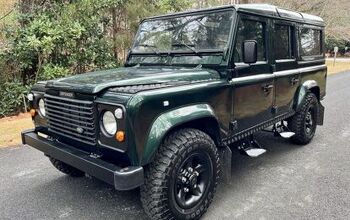
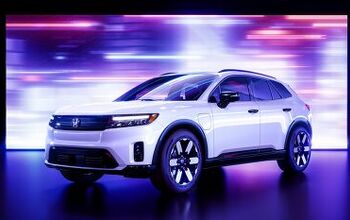
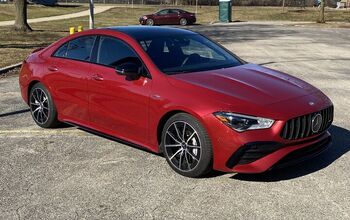
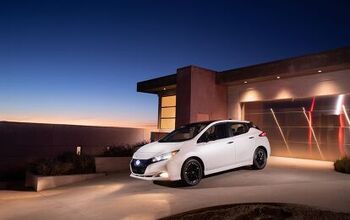



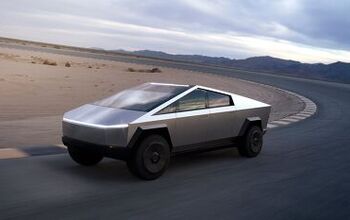
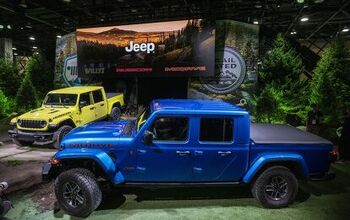

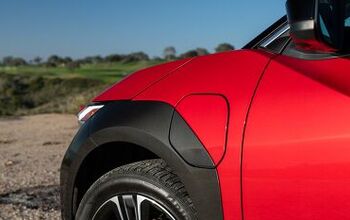
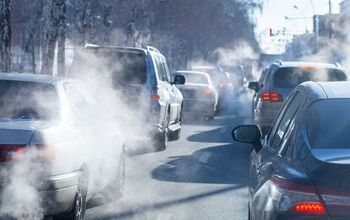
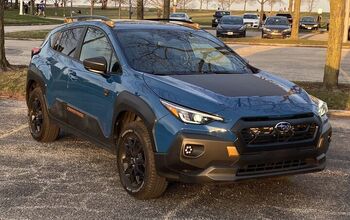
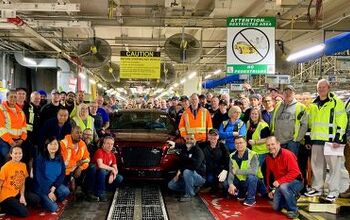
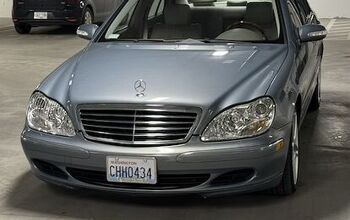
Comments
Join the conversation
The article conflates two separate areas of regulation, emissions of pollutants and fuel efficiency. In both cases the primary way compliance is forced is the threat of really big fines. It's relatively easy to observe fuel efficiency so test errors or outright cheating will be discovered quickly. It's harder to measure the emissions of pollutants, allowing cheating to go on for years. Maybe the EPA could share some part of fine imposed for cheating with the first party to measure and document evidence of cheating. Knowing that outside labs have a financial incentive to look for cheating would make manufacturers be extra careful.
Sorry, but I had to stop reading after the mention of " environmental justice office". Wow, just wow...